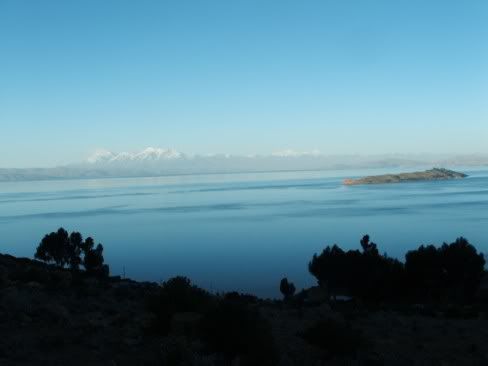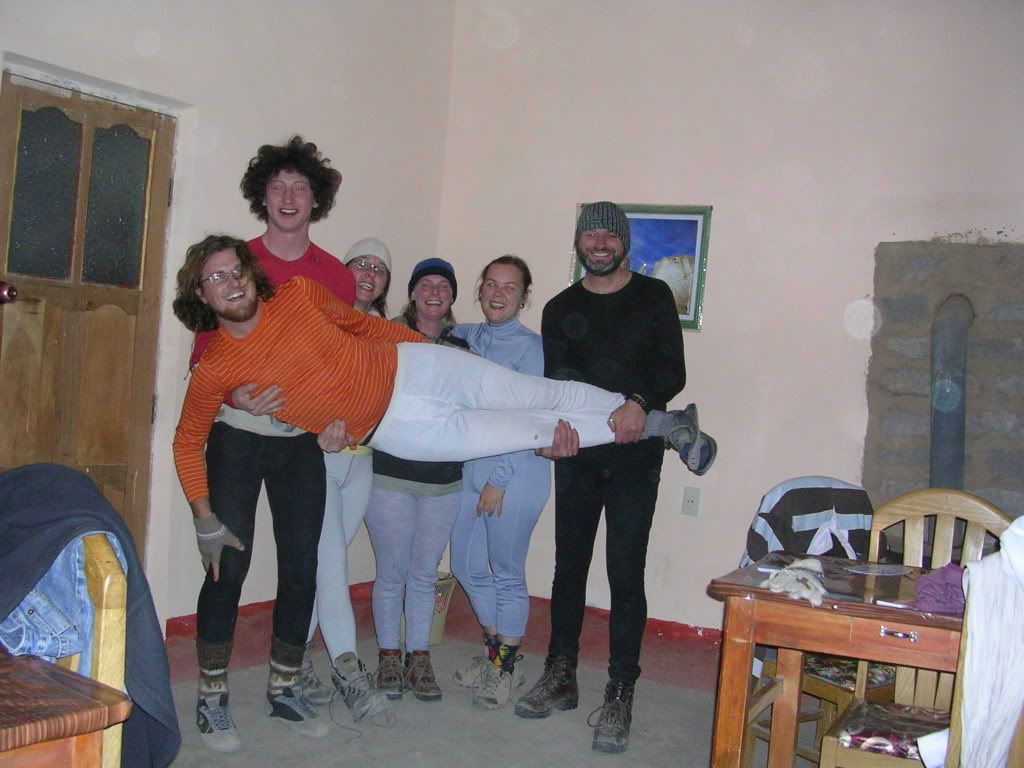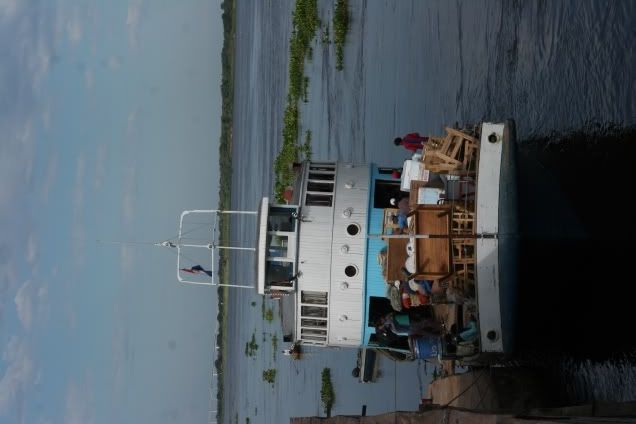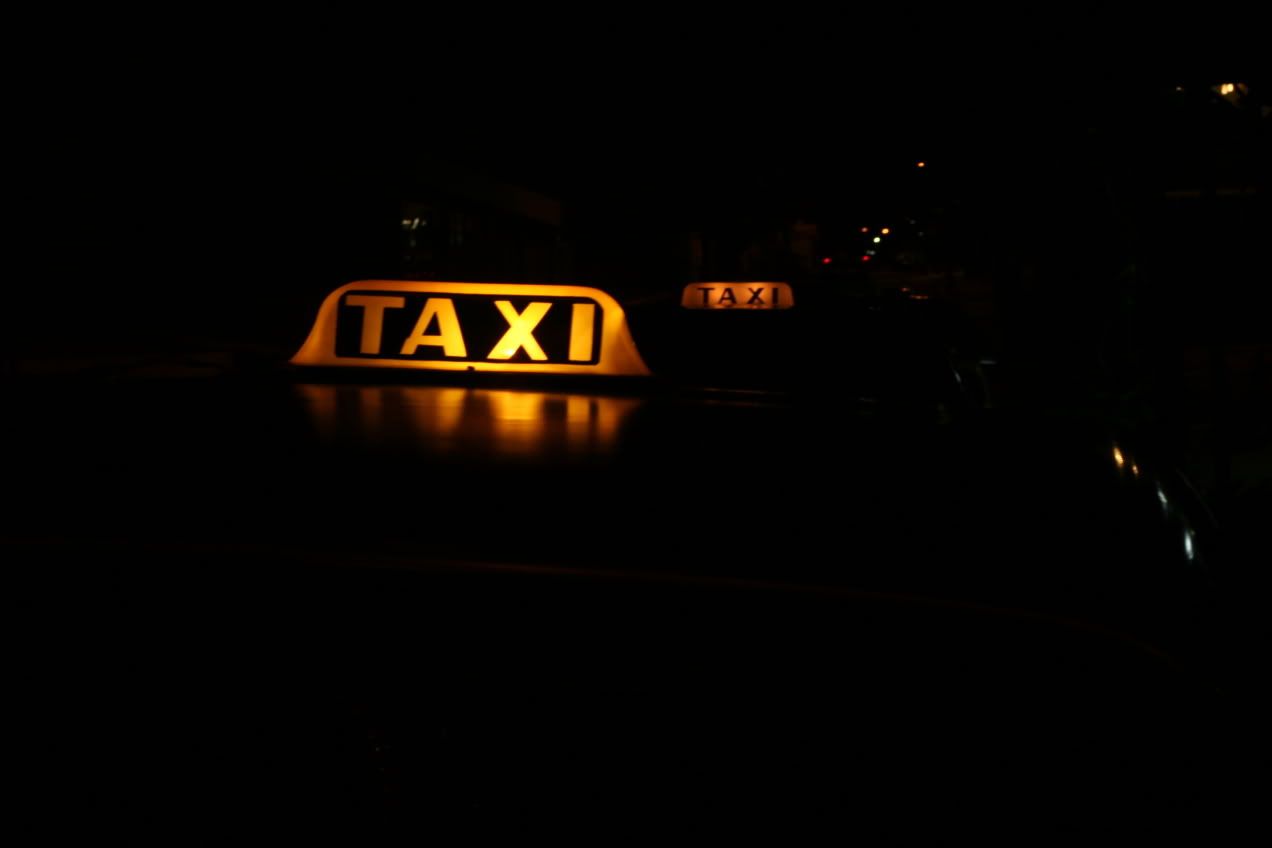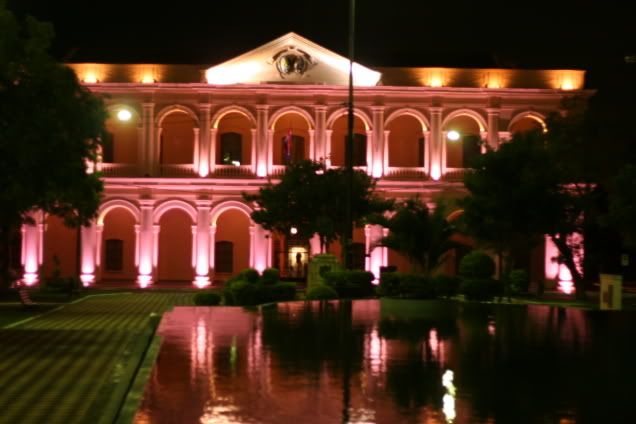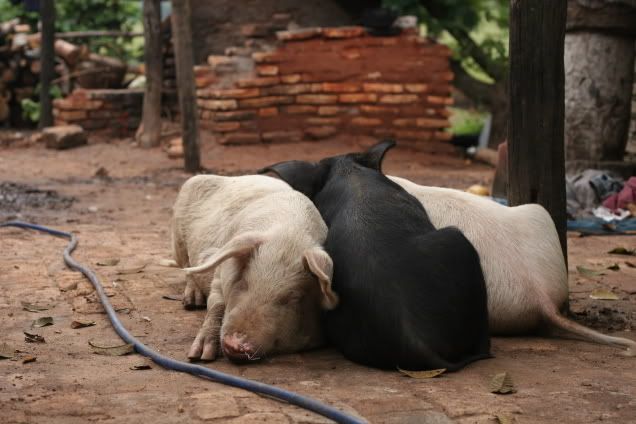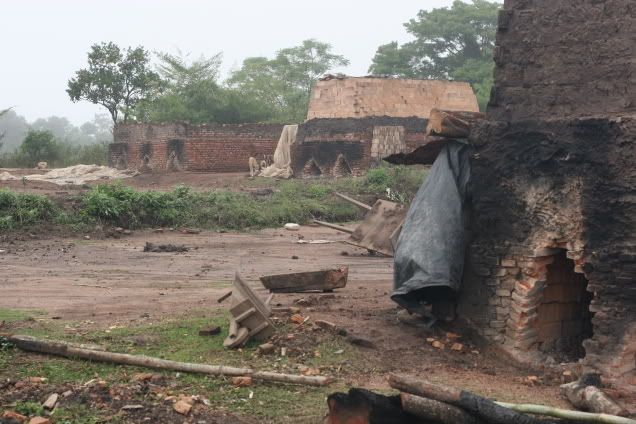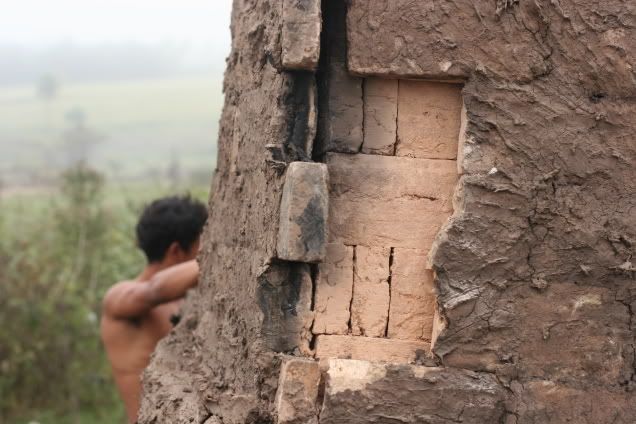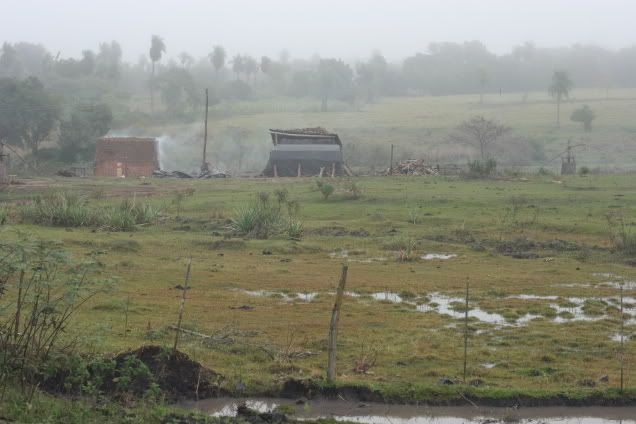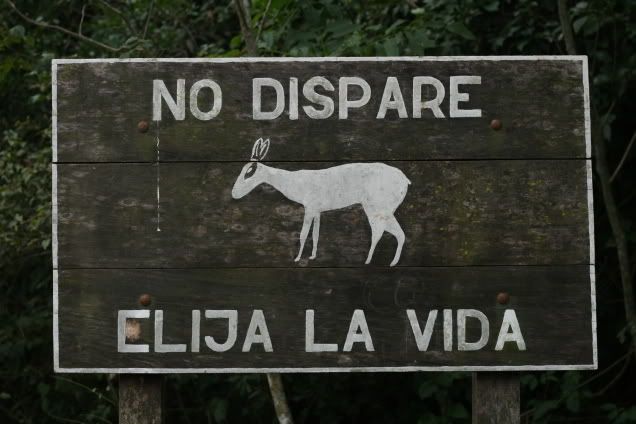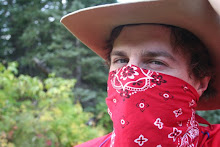Another Superlative - The Hardest Week of My Life
Peru. Cusco. Machu Picchu. 8th Wonder of the World.
Not so fast.
People do the Inca Trail. People do the Inca Trail alternatives like Salcantay and Valle Lares. No one does the trek from Cachora through Choquequirau over the course of 7 days to end at Machu Picchu.
Well, thank God for mules. They certainly saved my ass. Sombra and Wayra (Shadow and Wind (this one in Quechua)) provided entertainment and lugged our stuff until midway through day 6.
Our (I discovered this trek thanks to New Yorker Jason inviting me instead of being on one of the super-touristy hikes) first major stop was the ruins of Choquequirau. This huge sprawling area (only 30% of which is uncovered) was home to thousands of Incas after the Spanish became quite strong. Choquequirau was only started in the 1830s! The Incan Empire was in no way ancient history, but rather reached its peak right as the Spanish arrived to the Americas.
We were 2 of maybe 20 tourists there, versus the several thousand we later saw at Machu Picchu.
The days were hard and long, honestly making the most physically strenuous week of my life. We were normally between 3,000 and 4,000 meters, but our highest pass was at about 4,700...or over 15,000 feet! Breathing was often difficult. But so was walking...and sitting...and everything else.
AN INSURER´S NIGHTMARE
The end of Day 6 was slightly less than could be hoped for. State Farm would have had cardiac arrest had they seen what we were doing. How about finishing a trip by hobbling along mismatched railroad ties...in the dark. We used head lamps...which were quickly losing power thanks to the always-trustworthy South American batteries! to feebly traverse the last 3 hours.
In the morning, from atop Machu Picchu, we saw that we simply made massive loop around the citadel of the lost Incan city!
It was a hike I will hopefully never forget!

